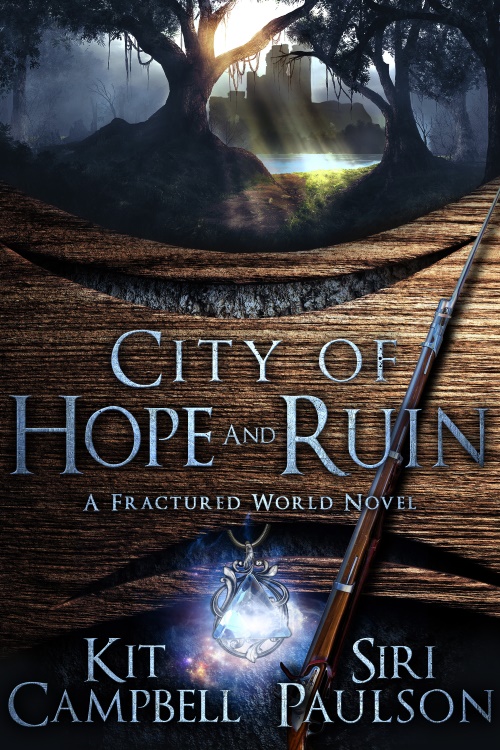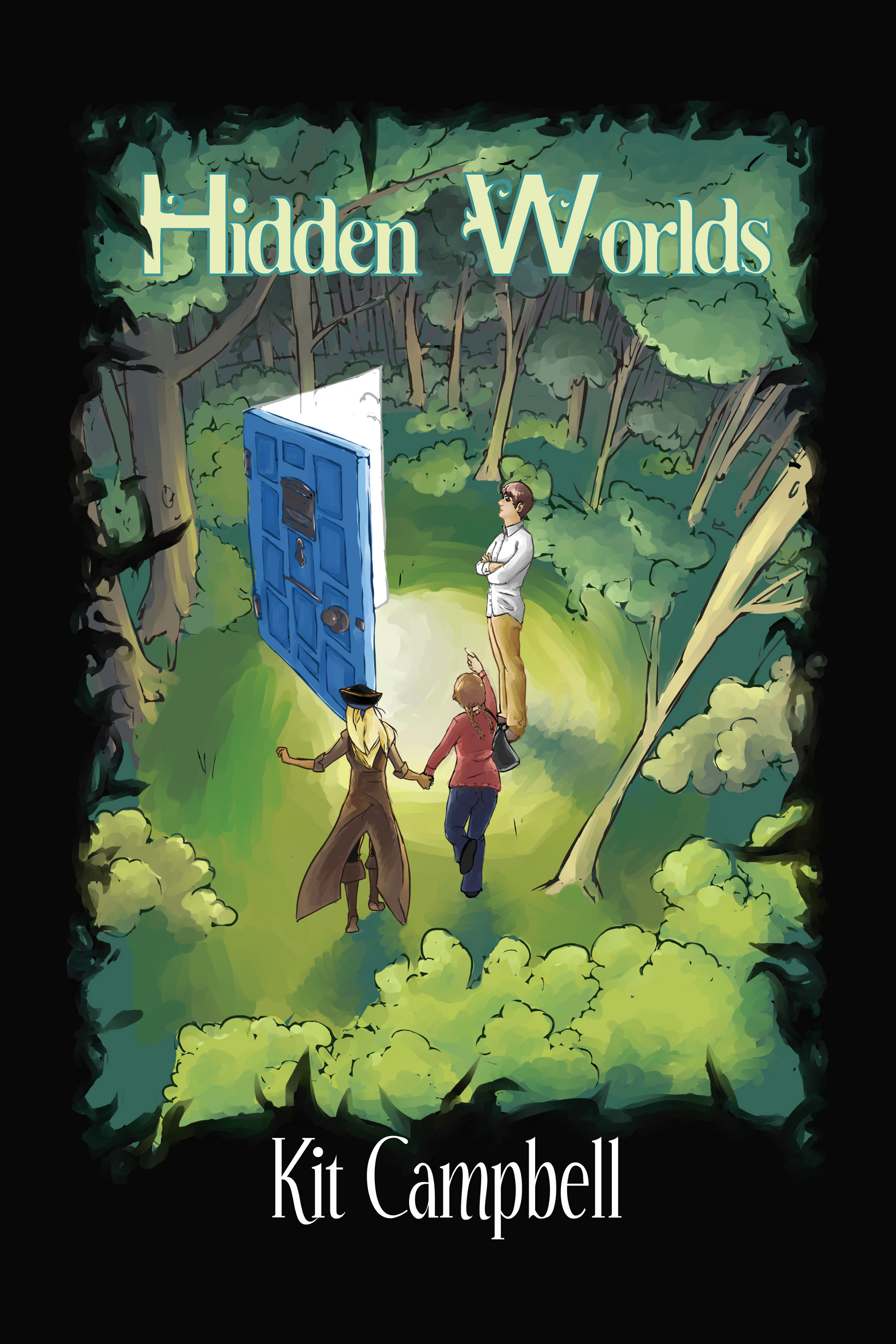Hopefully no one got confused (like Ian *cough*) and read A Swiftly Tilting Planet instead. While Planet was published before Many Waters, Many Waters goes first chronologically.
I still like it a lot. Bible mythology is one of my very favorite mythologies. I’ve done a lot of research on it myself, so it’s always nice to see it used (and used properly) in a story. My one real complaint is that she uses “nephilim” here to essentially be synonymous with “fallen angel,” whereas the term is usually used to describe human/angel offspring. But the nephilim are generally described as giants, and I like how she’s made them (and the seraphim) so much taller than the people. Also, one of the reasons God creates the flood is to destroy the nephilim, so hoorah to her for incorporating that.
Things I like about this story: the world. I like that she’s integrated these creatures that are mythological into the normal world. Unicorns and manticores and griffins – things that exist in stories but could have, conceivably, been destroyed in the flood. And I like that she made the people much smaller. We know that people used to be shorter, even as little as a few hundred years ago, so it makes sense, and it’s nice that she makes it so it’s hard to tell when exactly they are.
And I want a pet mammoth.
I also like the fact that while it is a retelling of a biblical story, it is not a religious story. There is some good vs. evil, like in the entire series, but aside from the fact that God (“El” here, which is also great, more on that in a second) actually talks to people and angels, there’s not a lot of morality that you’re hit over the head with.
Plotwise, this book seems completely stand alone, unconnected to the other books. First of all, we’ve got Sandy and Dennys as the main characters, when they’ve been merely peripherals otherwise, and there’s no mention of dark planets or Echthroi. Aside from the mention of tessering and some discussion of quantum physics, the scientific aspects are barely mentioned here.
Calling God “El” here is a wonderful move, because “el” literally means God. This is why the angels are named things like MichaEL (who is like God), GabriEL (strong man of God), RaphaEL (God has healed), etc. So not only is it an actual translation of God, but it makes things obvious without brow-beating.
Okay, onto the questions, and have Planet ready to go for November 29th.
1. How do you think disrupting their father’s computer program manages to result in actual tessering?
2. Do you think the twins were meant to go to that time period? Why?
3. Would you consider THIS to be a religious book? More or less than Wrinkle?
4. Why do you think Madeleine L’Engle decided to move away from Meg/Calvin/Charles Wallace for this story?
5. Most of the creatures on or around the oasis are mythological or are nephilim/seraphim in disguise. Why do you think Madeleine L’Engle included the mammoths but not any other extinct creatures?
As always, your own comments and questions are welcome.



